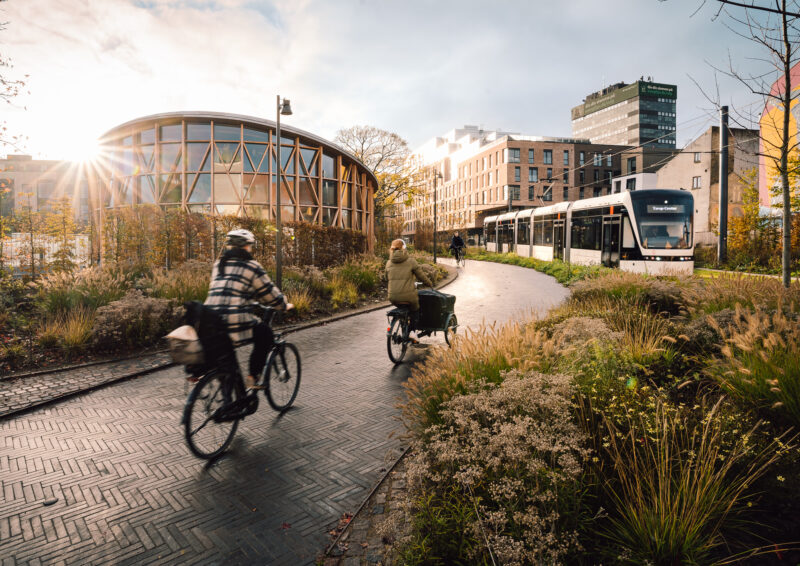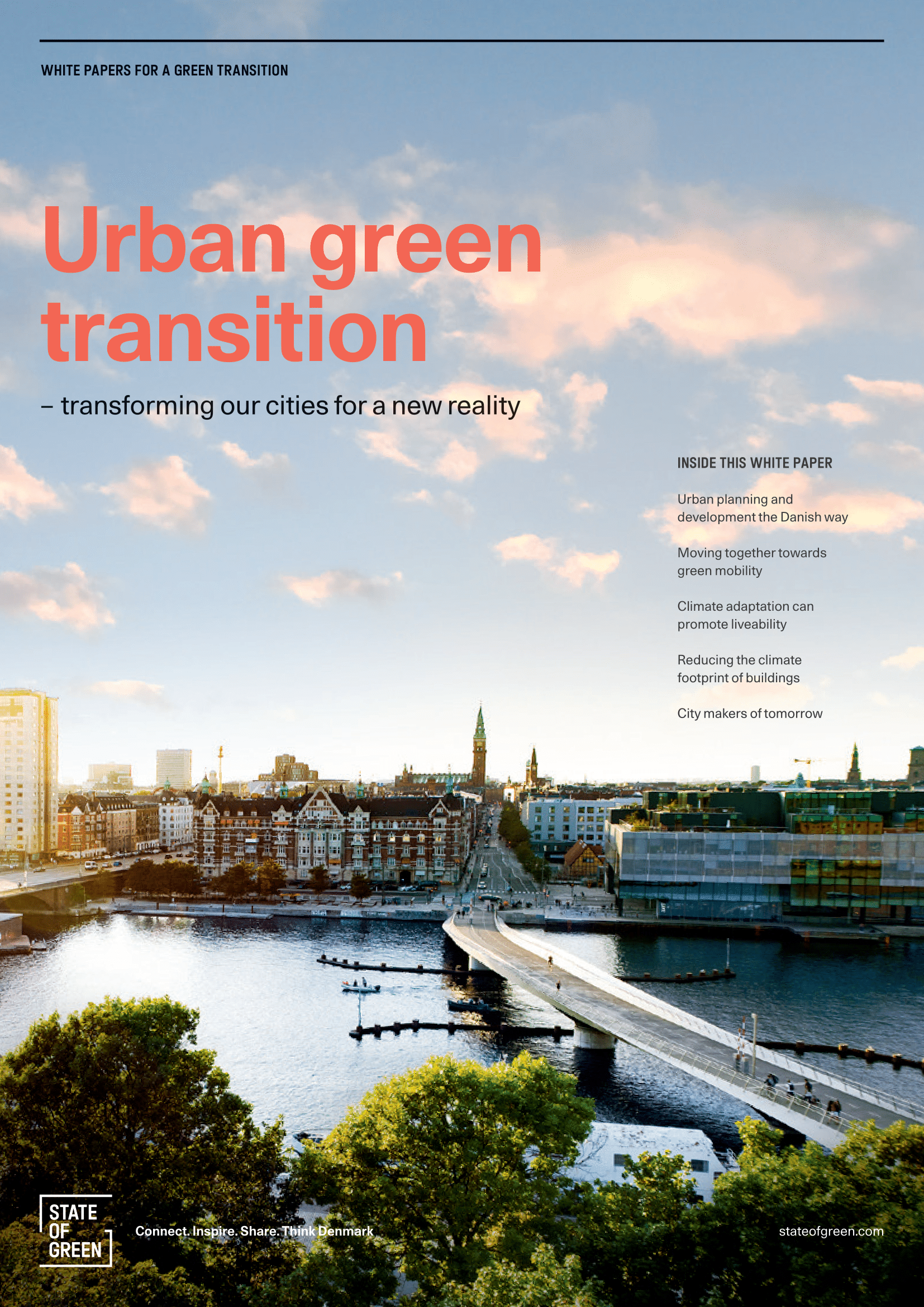Solution provider

We provide state-of-the-art services within engineering, environmental science and economics with due consideration for the environment and society.
Case
Urban mobility
Air pollution
Clean air in transportation
+5


We provide state-of-the-art services within engineering, environmental science and economics with due consideration for the environment and society.
Add the case to your visit request and let us know that you are interested in visiting Denmark
The fallout from the 2008 financial crisis pressed Odense to transform from being a big town to a great city. The Odense Tramway project was prioritised as a catalyst for the change, providing the backbone for green mobility while securing further urban investment.
The project addressed the immense loss of industrial jobs, investment, and identity, and sought to rejuvenate the city. It was designed to combine the best of big city life with Odense’s existing urban nature and strong neighbourhood communities.
The challenges were multifaceted:
Following the broader transformation drive, the project was designed to be holistic, sustainable, and focused on liveability. Running 14 kilometres with 26 stations, it ties together the most important urban development projects and destinations in Odense, including stadiums, museums, malls, park-and-ride stations, an expanding university, and a newly built hospital.
The tramway system combined the big urban development projects as pearls on a string thus connecting suburbs, the stadium complex with football, cycling, hockey, handball, and athletics stadiums, the city centre, the new H.C. Andersen Museum, the main train station, the big shopping malls, an expanding university, and Denmark’s biggest newly built hospital and park and rides with high-class public transportation.
The project has helped to deliver 3.6 billion EUR in planned or realised strategic urban investment between 2012 and 2024 in the tramway corridor. Aside from providing reliable, electrified public transportation, it has also delivered new high-quality urban spaces around stations, green roofs, and 1,400 new trees.
The state, The Region of Southern Denmark
Advisors: COWI, NIRAS
COMSA, Staedtler
Operator: Keolis

This case is a part of the white paper “Urban green transition”:
A 40-page showcase of why holistic and strategic city planning and development within mobility and infrastructure, climate adaptation, as well as environmentally conscious architecture and construction, must take centre stage in the transformed cities of tomorrow.
Explore the white paper